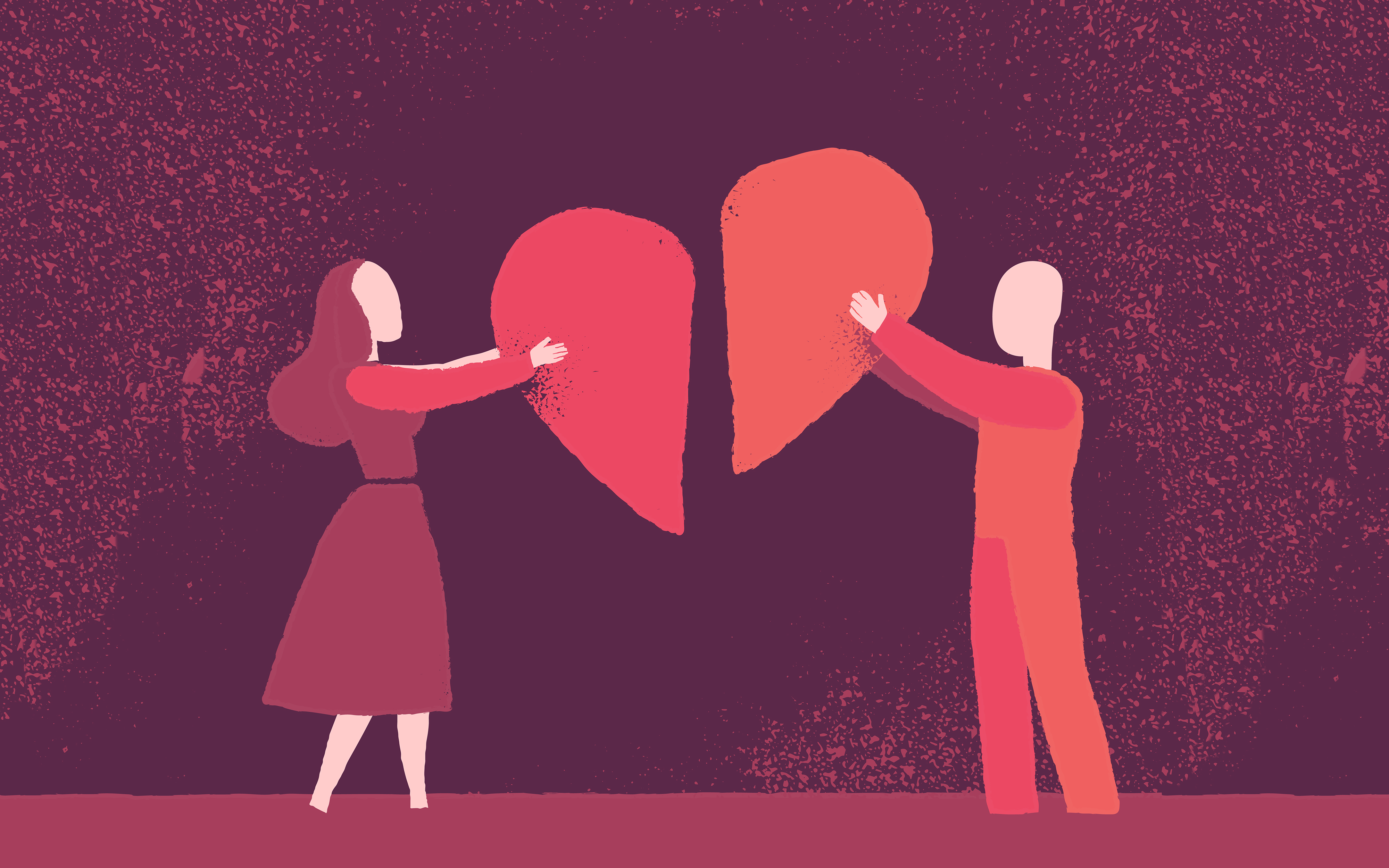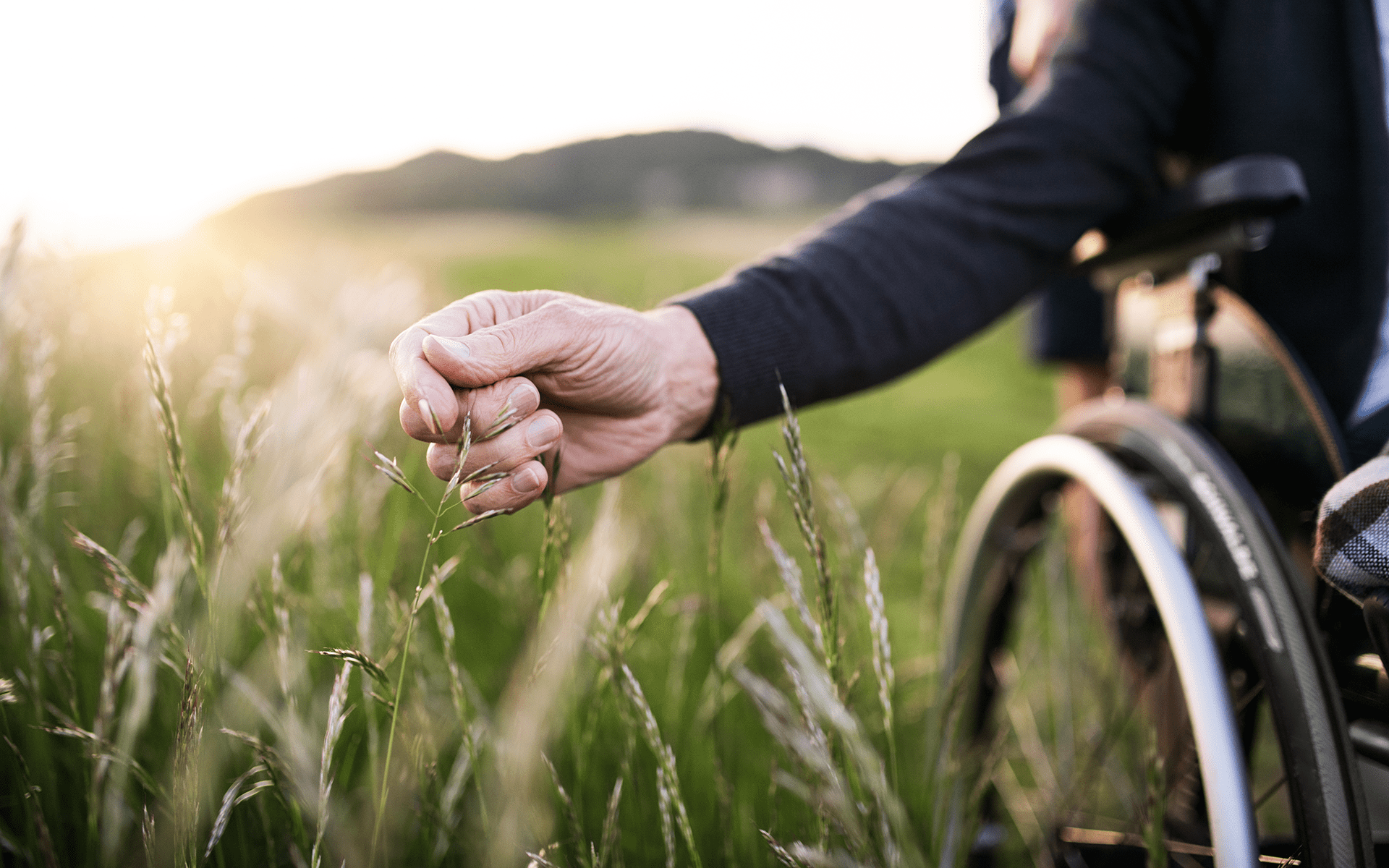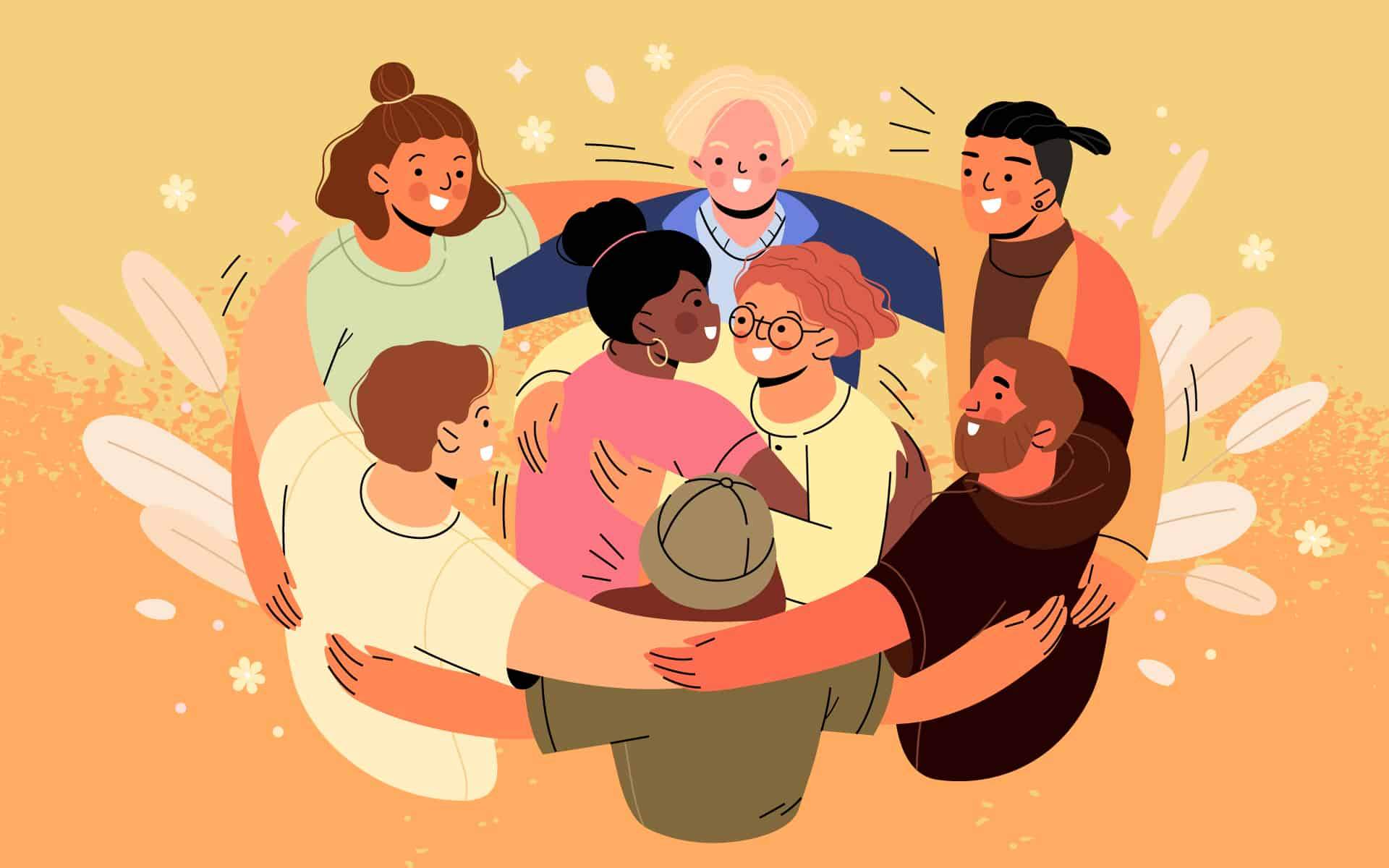A friend once told me about repeated fights he had with his wife early on in their marriage. Much of their conflict centered on how to have dinner. He liked to eat hurriedly, standing up in the kitchen, getting it over with as quickly as possible. She liked to set the table elegantly, sit down, and eat leisurely, together. Many nights they fought instead of eating. Finally, they sought the help of a marriage counselor.
As they examined the layers of meaning hidden in the simple and familiar word “dinner,” they each discovered how many associations, and how many people, they were actually bringing to that table. He talked about his father, a brutal man who was often only at home at dinnertime, which became a nightmarish experience to be escaped from as quickly as possible. She spoke of her fractured family and her mentally ill brother who consumed her mother with worry. It was mainly at dinner that her family made an effort to talk to her, to find out about her day—where she felt she indeed belonged to a family.
For each of them dinner was rarely just dinner, and their partner was often not the person standing in front of them, but an “other” made of an amalgam of past hurts and long-held dreams and tentative new yearnings.
Loving People As They Are
Can we ever actually see another person? If we create an “other” out of our projections and associations and ready interpretations, we have made an object of a person; we have taken away their humanity. We have stripped from our consciousness their own sensitivity to pain, their likely wish to feel at home in their bodies and minds, their complexity and intricacy and mutability.
If we have lost any recognition of the truth of change in someone, and have fixed them in our minds as “good” or “bad” or “indifferent,” we’ve lost touch with the living essence of that person. We are dwelling in a world of stylized prototypes and distant caricatures, reified images, and, often, very great loneliness.
Meditation practice is like a skills-training in stepping back, in getting a broader perspective and a deeper understanding of what’s happening.
Meditation practice is like a skills-training in stepping back, in getting a broader perspective and a deeper understanding of what’s happening. Mindfulness, one of the tools at the core of meditation, helps us not be lost in habitual biases that distort how we interpret our feelings. Without mindfulness, our perception is easily shaped by barely conscious thoughts, such as, “I’m shaking and my stomach is roiling with what seems to be fear, but I can never allow myself to admit that. I’ll pretend it never came up.” If we do that, it is a great struggle to be kind. There is no ready access to kindness without awareness.
Mindfulness also helps us to see through our prejudices about another person. For example, a person might think, “All older women are fuzzy thinkers, so she can’t possibly be as sharp as she is pretending to be.” Mindfulness helps us to see by showing us that a conclusion such as that one is simply a thought in our own mind. Mindfulness enables us to cultivate a different quality of attention, one where we relate to what we see before us not just as an echo of the past or a foreshadowing of the future, but more as it is right now. Here too we find the power of kindness, because we can connect to things as they are.
Mindfulness enables us to cultivate a different quality of attention, one where we relate to what we see before us not just as an echo of the past or a foreshadowing of the future, but more as it is right now.
Making the effort to truly see someone doesn’t mean we never respond or react. We can and do attempt to restore a failing marriage, or protest at loud cell phones in public places, or try with everything in us to rectify injustice. But we can do it from a place that allows people to be as textured as they are, that admits our feelings to be as varied and flowing as they are, that is open to surprises—a place that listens, that lets the world come alive.
One essential step in learning to see each other more genuinely is to bother to look. If someone yells at us, or annoys us, or dazzles us with a gift, we do pay attention to them. Our challenge then is to see them as they are, not as we project or assume them to be. But if they don’t make much of an impression on us, we have a different challenge: it is all too easy to look right through them.
Offering Loving-Kindness to People We Don’t Know
In particular, the meditation exercise of offering loving-kindness to a neutral person confronts our tendency to look through people we do not know. We choose a person whom we don’t strongly like or dislike; we feel, indeed, rather neutral or indifferent toward them. Very often it helps to select a near-stranger, or someone who plays a certain role or function in our lives—the checkout person in the grocery store, for example, or the UPS delivery person. We may not know much about them, not even their name.
When we send a neutral person loving-kindness, we are consciously changing a pattern of overlooking them, or talking around them, to one of paying attention to them. The experiment in attention we are making through these benevolent wishes asks of us whether we can practice loving “thy neighbor as thyself” when we don’t know the facts about someone’s dependent, elderly parent, or at-risk teenager, and so our heartstrings have not been tugged.
When we think of our neutral person, we haven’t learned the story of their suspicious mole or empty evenings. We have no knowledge of their inspiring triumphs or their admirable philanthropy, and so we are not in awe of them. We aren’t seeing their tension after a disappointing job interview, or their sadness after their lover leaves. We practice wishing them well anyway, not knowing any of this, but simply because they exist, and because we do know the beauty, the sorrow, the poignancy, and the sheer, unalterable insecurity of existence that we all share.
On trains and on the streets, in our homes and in our communities, we practice paying attention—through developing mindfulness, through developing loving-kindness, through letting go of projections—because a more complete attention proffers many special gifts. These gifts can penetrate through the exigencies of social roles and even through terrible hurt. They can remove the seeming hollowness of chance encounters.
Through paying attention we learn that even when we don’t especially know or like someone, we are nonetheless in relationship with them.
Paying attention in this way provides the gift of noticing, the gift of connecting. We find the gift of seeing a little bit of ourselves in others, of realizing that we’re not so awfully alone. We can let go of the burden of so much of what we habitually carry with us and receive the gift of the present moment.
Through paying attention we learn that even when we don’t especially know or like someone, we are nonetheless in relationship with them. We come to realize that this relatedness is in itself like a vibrant, changing, living entity. We discover the gift of caring, of tending to this force of life that exists between us, and we are immeasurably enriched by that.
From The Kindness Handbook: A Practical Companion, by Sharon Salzberg.
Read More
Be Kind to Yourself—Right Now
To be kind to others, you need to start with yourself. Read More
This Loving-Kindness Meditation is a Radical Act of Love
Jon Kabat-Zinn leads us in a heartscape meditation for deep healing of ourselves and others. Read More
Why Loving-Kindness Takes Time: Sharon Salzberg
It’s only after we’ve practiced many times that we’ll begin to notice a habit developing—namely, letting ourselves off the hook once in awhile. Read More











